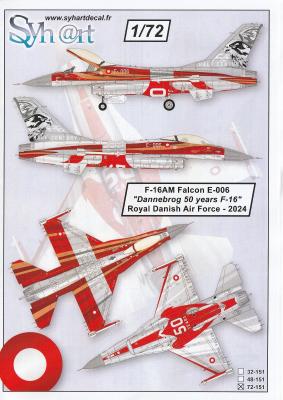Right off the bat the 2 inserts are going to grab your attention! The color Sheet C is a large 16”x23” profile and top view of the ship as she was in 1944. Additionally, it has a profile showing the armaments for 1944 as well. This color version is obviously to reflect the camouflage scheme and will be the perfect reference for painting. The flip side of this is sheet D, the planes arrangement on the stern deck, which includes 3-view and technical data for the OS2U Kingfisher and SC1 Seahawk aircraft.
Welcome to the IPMS/USA Reviews site!
Introduction: The primary organization of the IPMS/USA Review website is by IPMS/USA National Contest Class. Within each Class there are sub-menus by kits, decals, books, etc. The Miscellaneous Class is for items that are not class specific or that cross two or more classes.
IPMS/USA Members: We encourage you to submit reviews, both here and to the Journal. To volunteer for membership in the IPMS/USA "Reviewers Corps" and submit your own reviews, please read the Guidelines For Submitting Product Reviews.
Manufacturers, publishers, and other industry members: IPMS/USA is pleased to offer your company the opportunity for product reviews. All product reviews are performed by IPMS/USA members, and are posted in the publicly-accessible section of our website. With very few exceptions, we perform full build reviews of new kit releases, aftermarket products, and supplies. If you would care to provide product samples for review, please contact John Noack, IPMS/USA 1st VP.
To learn more about IPMS/USA, please see our About Us page.
UMM-USA is dedicated to fine scale modeling, encompassing model kits, accessories, and specialized tools. Owned by John Vojtech, a fine scale modeling veteran. UMM-USA is an on-line Store, importing and exporting kits, modeling tools and supplies, and seeks and offers solutions on technical issues. In addition, his services currently include design and production of master parts, casting of original masters, photo-etched masks, decals, and building made-to-order models for customers. You can see a sample of John Vojtech's finished projects in the Our Gallery section of the Web site.
The non-profit UK based group known as the Great War Aviation Society publishes A new magazine, Contact!, is now available in both print and digital download. The first two issues of Contact! Are available for a free digital download on their website. Their journal, Cross & Cockade International, is also published four times a year. Issues are available in English as printed [Softbound, A4 (8.27” x 11.69”), 72 pages [Including Covers] as well as digital copies (or both). The Society also provides a free newsletter (sign up on their website) and occasionally publish WWI themed books like the Sopwith Dolphin monograph I reviewed earlier for IPMS USA. This Journal is the sister of the US Journal, Over The Front. The Great War Aviation Society also hosts a lecture series available through Zoom. If interested, you will need to register early as the call is limited in attendance.
I have built several Gundam kits, but this figure is not typical of what you might envision. This kit features a character named Miorine Rembran, which is a deuteragonist (in literature the 2nd leading character), the mobile suit of the Witch from Mercury.
Before proceeding, a quick primer on Gundam. Gundam are mechanized mobile suits, popularized in Japanese Manga and Anime books and films. The Gundam universe contains a vast assortment of characters: this character, Miorine, is a 16-year-old schoolgirl at the Asticassia School of Technology.
The Bandai kit contains five color sprues and one clear sprue (the stand). Two sticker/decal sheets are provided. The colorful instruction guide is easy to follow.
Syhart Decal has provided IPMS/USA reviewer corps with a wonderful decal set for the F-16AM Falcon, tail number E-006, with acolor scheme for the Royal Danish Air Force in “Dannebrog 50 Years F-16” special paint scheme in 1/72nd scale. Looking online for E-006, this F-16 variant will be an F-16A Block 20 MLU.
In the Package
There are three decal sheets provided with all the colorful anniversary colors on the two larger sheets. The third sheet is smaller and has the stencils. Markings represent how the F-16AM Falcon flew in 2024 at air shows.
A bonus is the addition of 3-D printed parts for the forward wing probes and ventral antenna under the engine intake for increased accuracy in the build.
The information sheets show all sides of the airplane. Because of the large swaths of decals, a color-coded placement guide is a nice tutorial to locate them. Exterior paint information is also provided in FS color codes and color descriptions.















